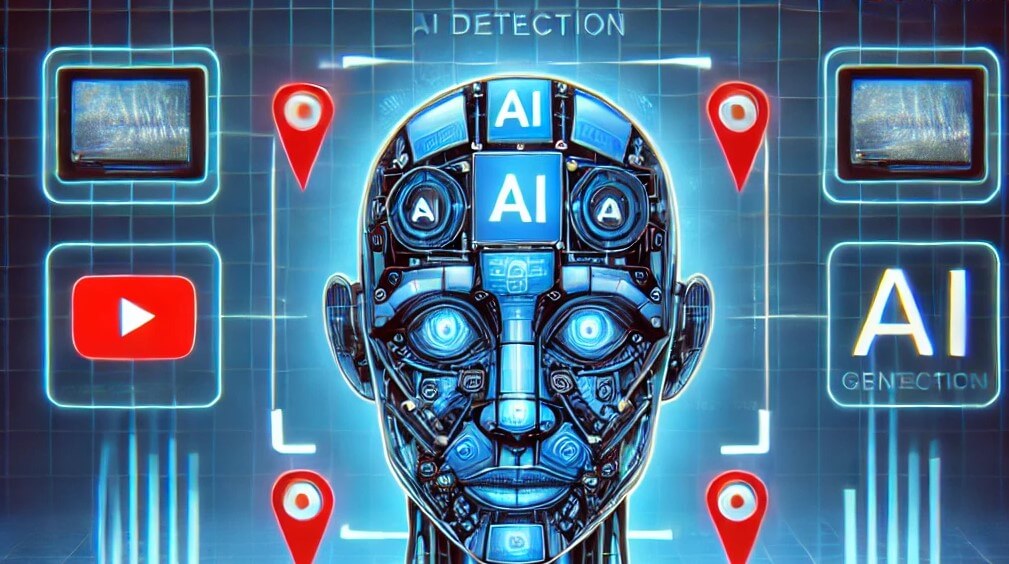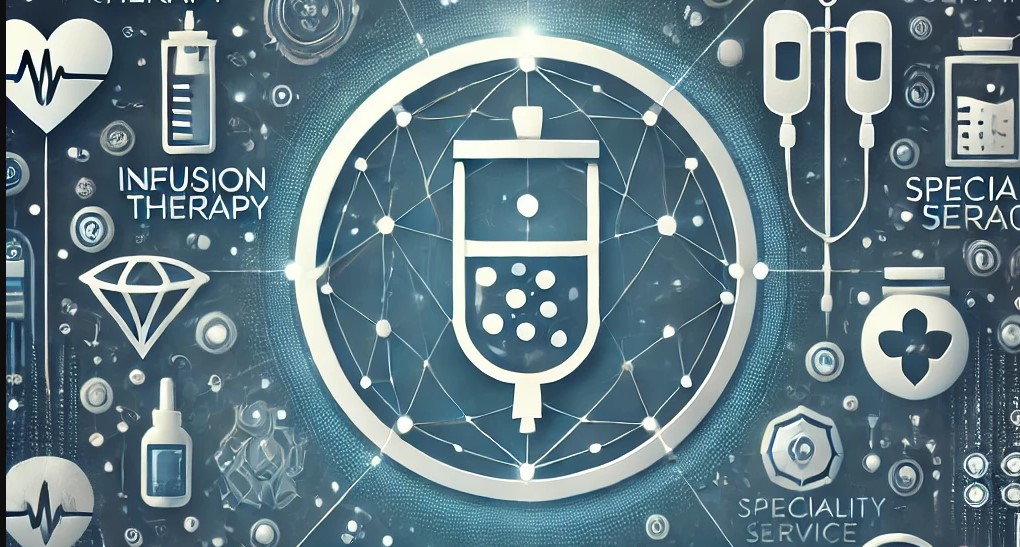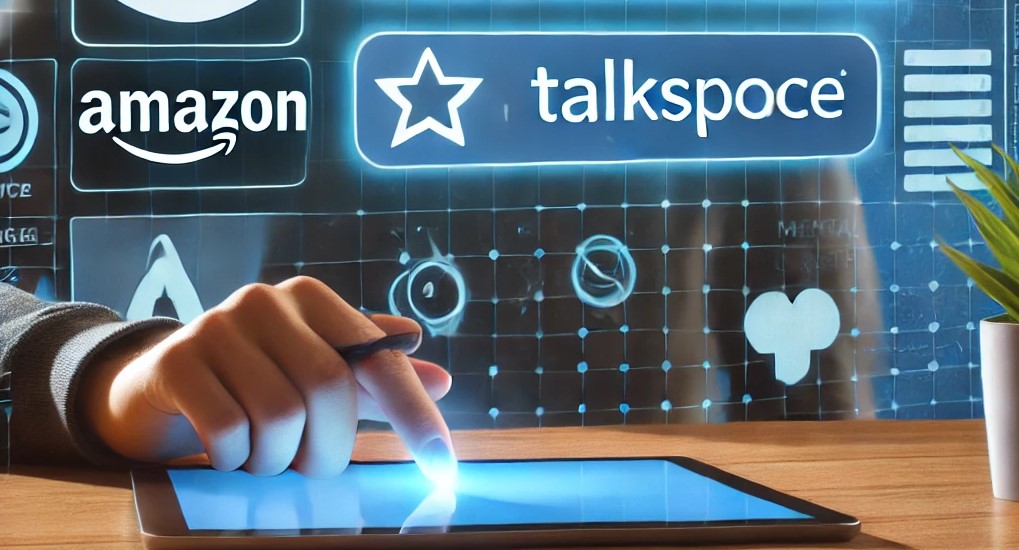YouTube is taking a significant step to protect content creators from the unauthorized use of their likeness and content by developing a set of advanced AI detection tools. The company announced new initiatives aimed at safeguarding the rights of artists, actors, musicians, and other high-profile figures, while also offering creators more control over how their content is used to train artificial intelligence models.
Expanded AI Detection and Content ID System
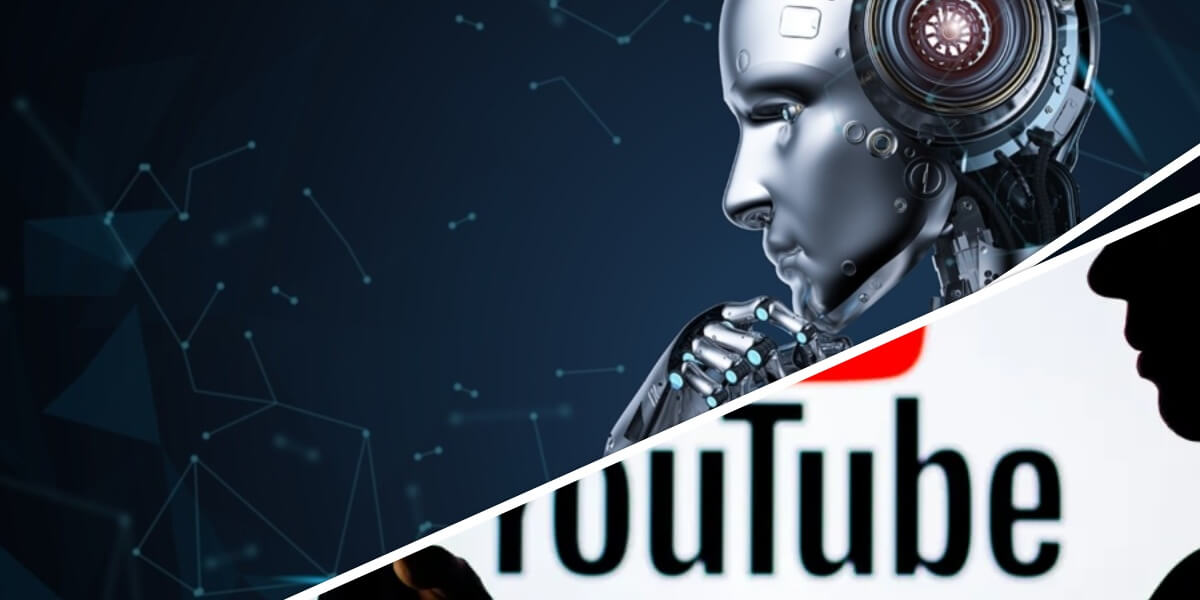
One of the core components of YouTube’s new strategy is the expansion of its existing Content ID system, which has long been used to identify copyright-protected material on the platform. The enhanced system will soon include new synthetic-singing identification technology to detect AI-generated music that mimics someone’s singing voice. This tool aims to prevent the unauthorized replication of an artist’s voice using generative AI, an issue that has been gaining attention as AI music technology advances.
YouTube’s move to expand its AI detection capabilities doesn’t stop at music. The company is also developing technology to detect when AI has been used to simulate someone’s face in videos. This could prevent the unauthorized use of a person’s likeness, helping to avoid situations where actors, musicians, or athletes are falsely represented in videos, whether for endorsements, misinformation, or malicious purposes.
Addressing AI Training Using YouTube Content
A growing concern among YouTube creators has been the use of their content by AI companies for training purposes without consent or compensation. Companies like Apple, Nvidia, OpenAI, and Google have been reported to train their AI models on vast amounts of publicly available content, including material uploaded to YouTube. This has led to complaints from creators, many of whom feel that their work is being exploited for AI development without appropriate acknowledgment or remuneration.
In response, YouTube is in the early stages of formulating a solution to give creators more control over how third parties use their content for AI training purposes. While specific details have yet to be revealed, YouTube hinted at future tools that would offer creators the choice to opt in or out of such usage. This could potentially pave the way for compensation models, though the company has not confirmed any revenue-sharing plans at this stage.
“…we’re developing new ways to give YouTube creators choice over how third parties might use their content on our platform. We’ll have more to share later this year,” YouTube noted in its announcement.
Compensation for AI-Generated Music
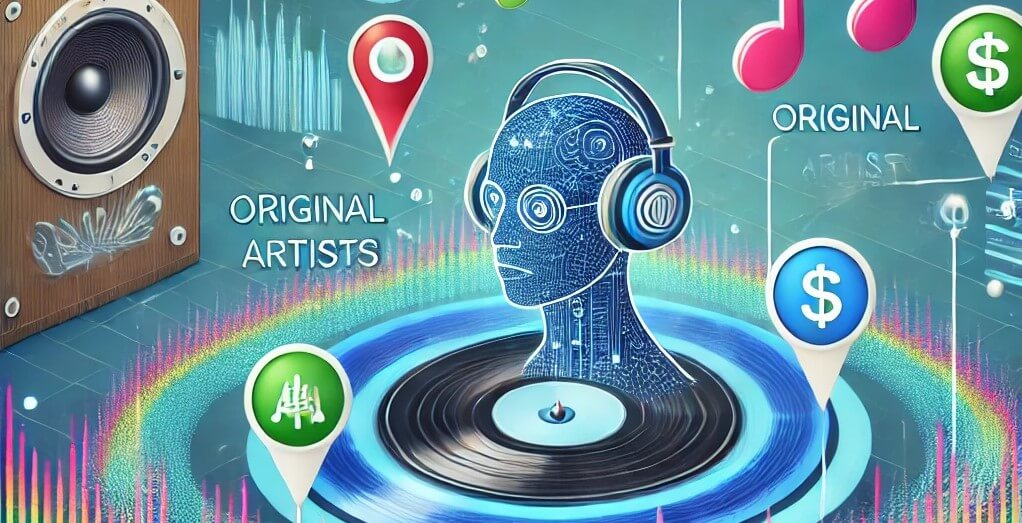
YouTube is also progressing on its promise to compensate artists whose work has been used to create AI-generated music. In collaboration with Universal Music Group (UMG) and its talent roster, YouTube has been working on expanding its Content ID system to identify which rights holders should be compensated when their music is utilized by AI systems. The platform already processes billions of claims annually through Content ID, generating substantial revenue for creators, and this expansion could bring similar protections and compensation to those affected by AI-driven music production.
Early next year, YouTube plans to pilot its synthetic-singing identification technology with its partners, testing the system’s ability to recognize AI-generated vocals and flag relevant content. This could serve as a significant step toward ensuring that musicians and rights holders are fairly compensated when their work is used in AI-generated songs.
Managing AI-Generated Likeness and Misinformation
Another tool under development by YouTube will allow high-profile individuals — such as actors, musicians, and athletes — to detect when their face or likeness is used in AI-generated videos on the platform. This is aimed at preventing the spread of misleading content, including unauthorized endorsements, deepfakes, and misinformation. Such a system would give public figures the ability to manage and remove content that misuses their likeness, reducing the risk of reputational damage or fraud.
Although YouTube has not provided a timeline for when this system will be ready for testing, it emphasized that the technology is actively being developed to address the growing risks associated with AI-generated visual content.
YouTube’s Vision for AI in Creative Spaces
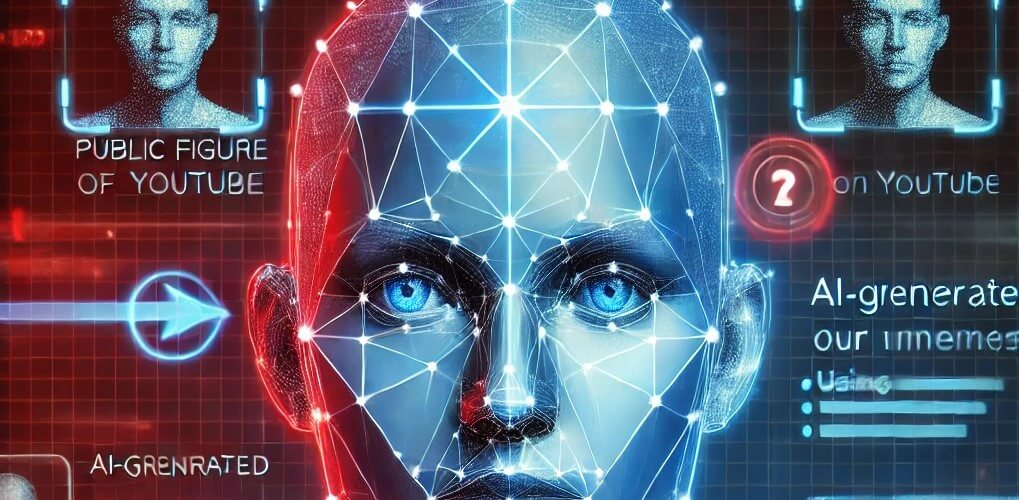
As AI continues to evolve and become a more integral part of creative industries, YouTube is positioning itself as a platform that supports human creativity while addressing the challenges posed by AI. In its statement, YouTube stressed the importance of working with partners to ensure that future AI advancements amplify, rather than replace, the creative work of its users. The company remains committed to developing robust guardrails to protect creators and mitigate the risks of AI-generated content.
“As AI evolves, we believe it should enhance human creativity, not replace it. We’re committed to working with our partners to ensure future advancements amplify their voices, and we’ll continue to develop guardrails to address concerns and achieve our common goals,” YouTube said in its announcement.
Conclusion
YouTube’s development of AI detection tools marks a critical effort to address the growing concerns around AI-generated content on the platform. By expanding the Content ID system, working on compensation models for AI-generated music, and developing new tools to protect creators from unauthorized use of their likeness, YouTube aims to safeguard the rights of its users while navigating the challenges brought by the rise of AI technologies. These developments, though still in early stages, reflect YouTube’s proactive approach to maintaining a balanced ecosystem that supports creativity, accountability, and fairness in the AI era.
